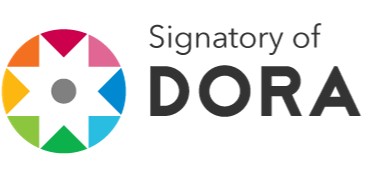Submissions
Submission Preparation Checklist
As part of the submission process, authors are required to check off their submission's compliance with all of the following items, and submissions may be returned to authors that do not adhere to these guidelines.- The article is completely original, does not infringe the rights of other authors and is exclusive (has not been published, has not been accepted for publication, has not been sent for consideration to another journal).
- Two separate files (cover page and manuscript) were prepared in Microsoft Word format, in the original language of the article (Spanish or English), using the RCA formats (available for download in the "author guidelines" section).
- All figures and tables included in the manuscript are in color, in editable format, and are located within the text rather than at the end.
- The DOI (Digital Object Identifier) and web addresses of all references cited in the manuscript were included, to the extent possible.
- The use of Artificial Intelligence (AI) technologies, all sources of funding, and any potential conflicts of interest have been properly declared.
Privacy Statement
The names and email addresses entered in this journal site will be used exclusively for the stated purposes of this journal and will not be made available for any other purpose or to any other party.






